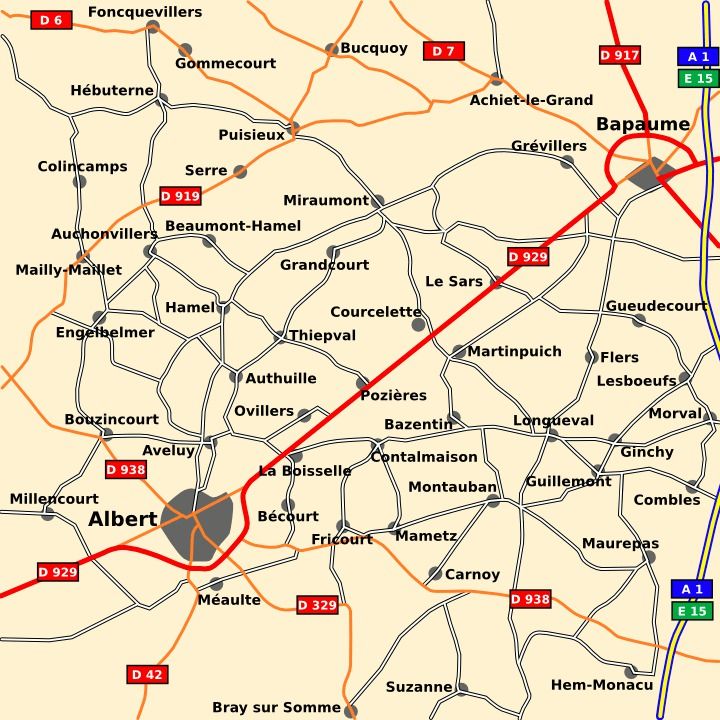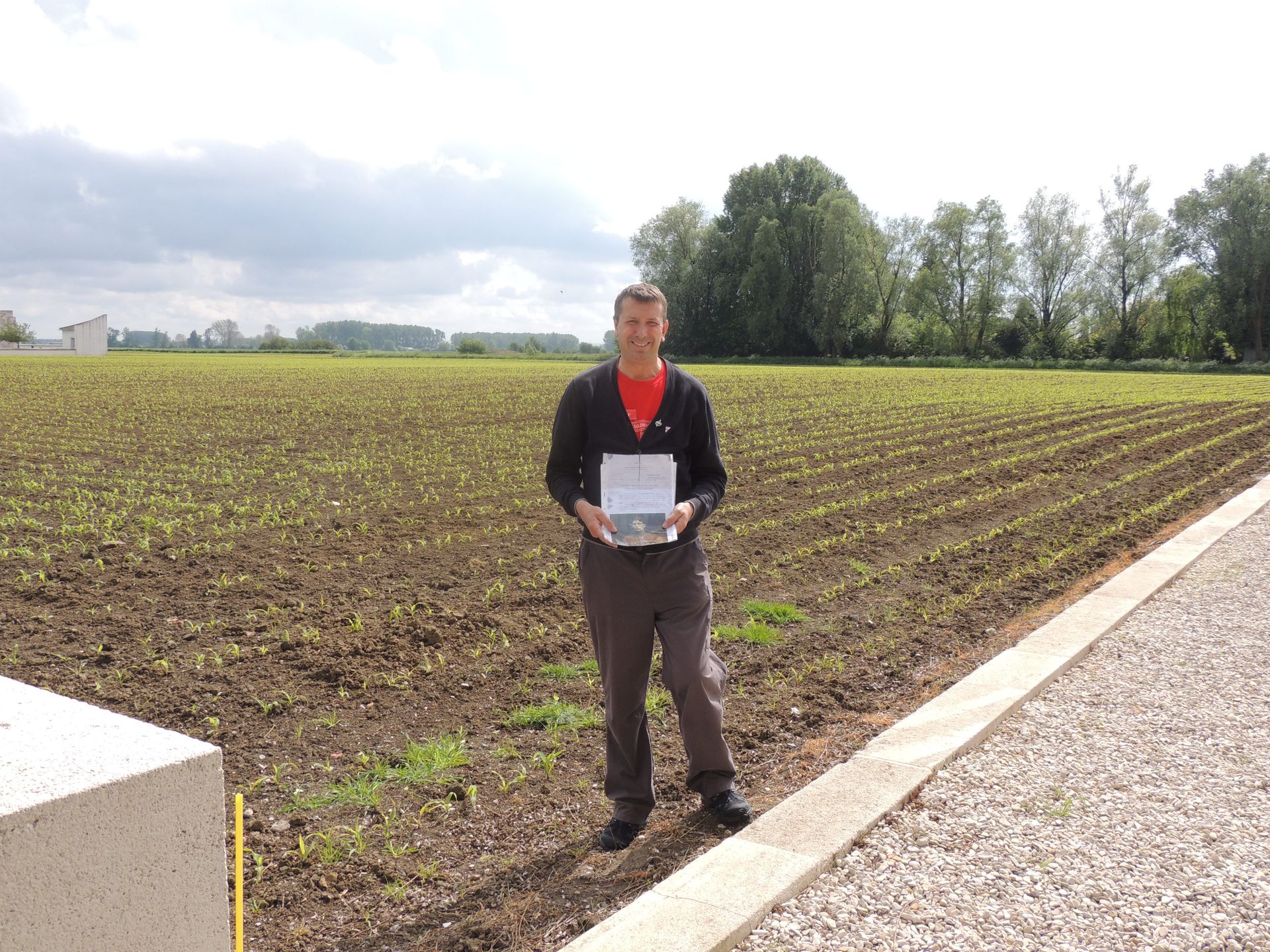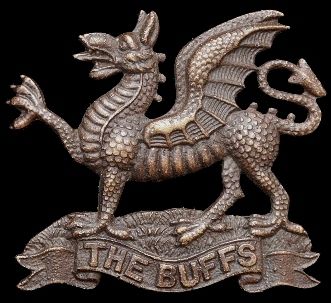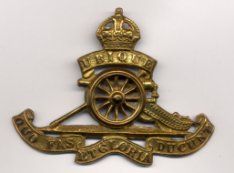Contact Me
E Mail: terry@terrystours.co.uk Tel: 07798 710722
A TALE OF 2 BROTHERS
Come visit us
A Tale of 2 Brothers
Henry Stephen Whenham was my Great Uncle. He was one of 7 children born to my Great Grand Parents.
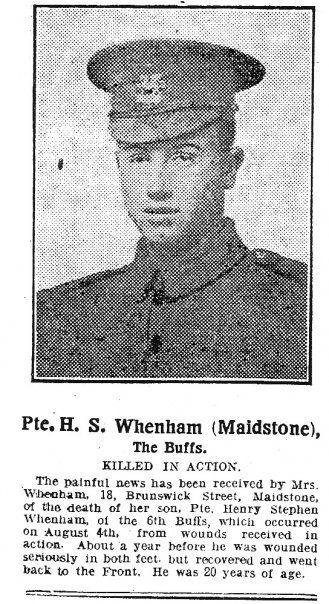
I have established the following facts from his Attestation Form:
• He was 18 years and 285 days old when he applied to join the (East Kent Regiment) The Buffs on 6th August 1914. This was 2 days after war had been declared on Germany. Henry was therefore one of the first to volunteer as part of Kitchener’s Army.
• Henry was not married but we do know he was engaged to Althea Emma Thomas, who was known as Dolly.
• His occupation was a Farm Labourer.
• Henry was 5ft 5in in height and weighed 119 pounds. The minimum height to join the army was 5ft 3in although this was increased to 5ft 6in on 11th September 1914.
• Henry had grey eyes and light brown hair.
• Henry described his religion as Church of England.
• The physical inspection of Henry found a scar under his left ankle.
The following information was found on Henry’s Military History Sheet:
• 6th August 1914 to 6th March 1915: Henry was at “home” and would have undertaken basic training. A period of 218 days.
• On 1st February 1915, Henry was found guilty of “Quitting his post, when on out post duty, without permission”. The offence occurred on 29th January 1915. Perhaps it was so cold that Henry went inside a building. Or maybe he went to the toilet? We will never know but we do know he was sentenced to 168 hours “F.P. 2” (Field Punishment Number 2 involved jobs such as cleaning the latrines).
• 7th March 1915: To France with the British Expeditionary Force (BEF). During a visit to the National Army Museum I found Henry’s name in a list of soldiers who served in the 2nd Battalion of the Buffs in 1915. It records Henry’s wounding and states that he was in A Company.
• 29th April 1915: Wounded by gun shot wounds in both feet.
• 4th May 1915: Admitted to Southern General Hospital, Southmead, Bristol.
• 11th June 1915: Released from hospital after the wounds healed. Henry was in hospital for 40 days. Henry would then have re-joined his unit in the UK at their depot at Dover Castle.
• 14th July 1915: Posted to 3rd Battalion. This Battalion was a training unit that remained in the UK throughout the war.
• 28th July 1915: Shipped to France.
• 29th July 1915: Arrived in France and joined the 12th Battalion. It is likely that Henry’s unit spent time training at the base at Etaples which was known as the Bullring.
• 24th September 1915: Joined the 6th Battalion. The Battalion took part in the Battle of Loos. On 13th October 1915, the 6th Battalion suffered over 200 casualties in just a few minutes attacking The Quarries near Loos.
• 4th August 1916: Died of wounds at Bouzincourt Field Ambulance Station near Albert in Northern France. Henry is buried in the Bouzincourt Extension Cemetery.
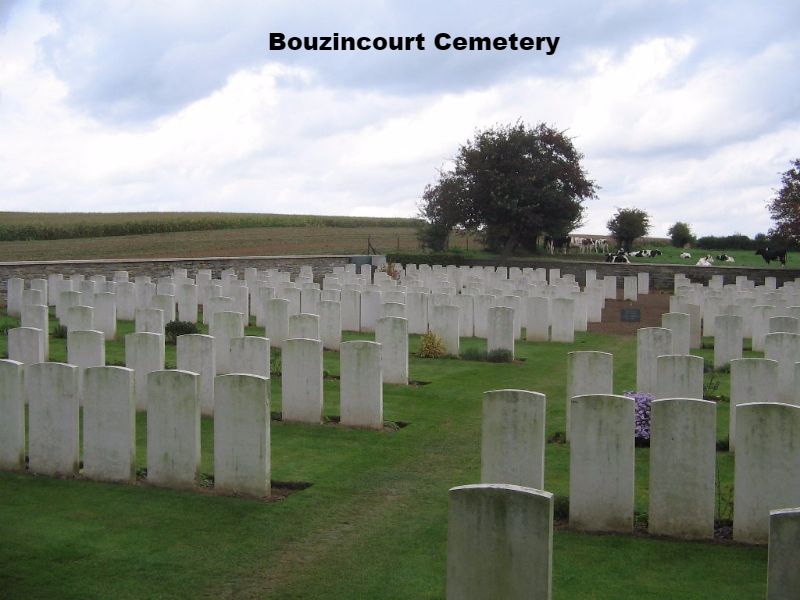
His record shows that he sailed for France on 7th March 1915 and the Battalion’s war diary shows that replacements of 255 men joined on 10th March and another 105 3 days later. At this point the Battalion was billeted out of the front line in a place called Locre. Henry was one of 1,027 "Other Ranks" and 28 Officers in the 2nd Battalion of the Buffs on 31st March 1915.
The Battalion War Diary gave me more detail about the movements and actions of the 6th Battalion and Uncle Henry:
On 1st April Henry entered the front line trenches for the first time at St Eloi. By the time Henry’s Battalion was relieved (at 6pm two days later) 1 Officer had been wounded and 4 “Other Ranks” killed with 13 others wounded. Most of the casualties were caused by howitzers and trench mortars being fired by the Germans from their positions on the high ground. Telephone operators (probably operating from a dug out) were buried and killed. What a terrifying introduction to the war this must have been for Henry. His training in the UK would have involved endless hours of square bashing and learning how to fire his rifle and use the bayonet. This training did not prepare the volunteers for artillery warfare. The Battalion was in the front line for 48 hours and it is remarkable that they suffered so few casualties.
After a week in the reserve trenches the Battalion relieved French troops at Zonnebeke in the front line once again. The Broodseinde crossroads were in the middle of the line held by the Buffs. Any crossroad junction on the Western Front was a particularly dangerous place as the enemy used the junction as a marker for their artillery fire.
At this particular junction the German trenches were, at one point, just 5 feet away from the Buffs. B Company held this position and Henry was in A Company. However, all 3 Companies suffered from a trench mortar that the Germans had established in a position that was hidden from the British artillery. The Buffs trenches were heavily bombarded by this mortar and, by the time they were relieved 4 days later, 23 Buffs had lost their lives with another 66 wounded. Henry must have shaken up by this experience but was unscathed.
On 14th April A Company was sent into reserve dug outs west of Zonnebeke but the next day marched into billets at St Jan. St Jan was, and still is, a very small hamlet about 1 mile east of Ypres.
The town of Ypres was being heavily shelled by the Germans from their positions on a ridge towards the east that overlooked the town. It was therefore too dangerous to billet troops there.
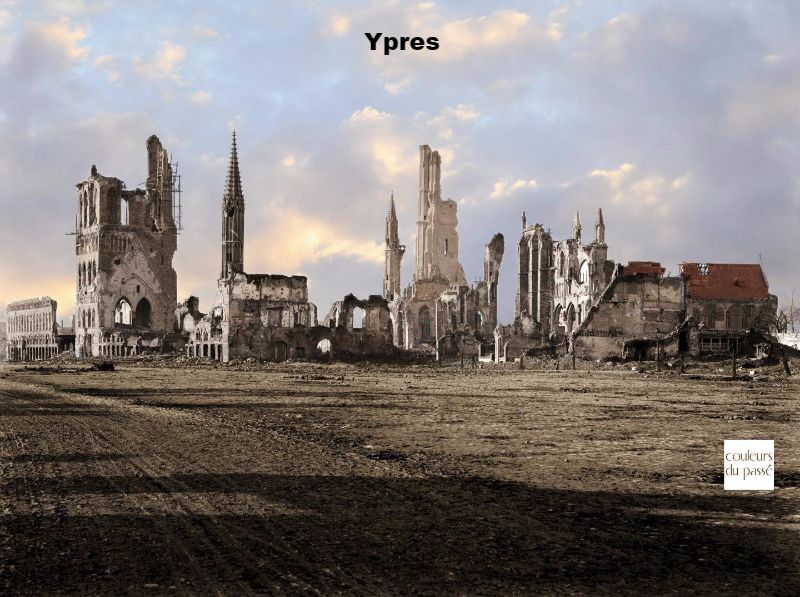
On 22nd April 1915 Henry’s Battalion was in billets in open fields near St Jan. Little did they know what was to happen the next day.
The front line trenches were about a mile east of St Jan, near another small village called St Julian. Here the Allied trenches were manned by French colonel soldiers from the African country of Algeria.

At 5pm the Buffs noticed a very sudden and sharp outburst of artillery from the German positions. But they also noticed a strange greenish cloud on the left of the line heading towards the French colonel troops. Behind the lines in St Jan the Buffs appeared to be safe. It was the first every gas attack in history. The Germans had used chlorine gas, released from pumps, and had planned to drown the Allied troops in the front line.
Shortly after 5pm machine gun bullets started whistling through St Jan. This was the first indication that the line had been broken by the Germans. At 5.30pm Henry would have seen hundreds of French troops running, crawling and screaming whilst clutching their throats and choking because of the chlorine gas. At this point the Buffs did not realise the seriousness of the situation and stood around in the streets of St Jan watching the curious sight of the dying, choking French. Incredibly, I found a letter from an Officer in the Buffs who stated that he and other Buffs were “amused” by sight before them.
The Germans had indeed broken through the front line occupied by the French and were heading towards St Jan and the crucial town of Ypres.
The Canadians were then sent to fill the gap in the line and managed to withstand the onslaught of the Germans. Meanwhile, at 7pm the Buffs established a second defensive line covering St Jan facing north and north east.
Below is an artist's impression of the Allies defending against the gas attack on 22nd April 1915.
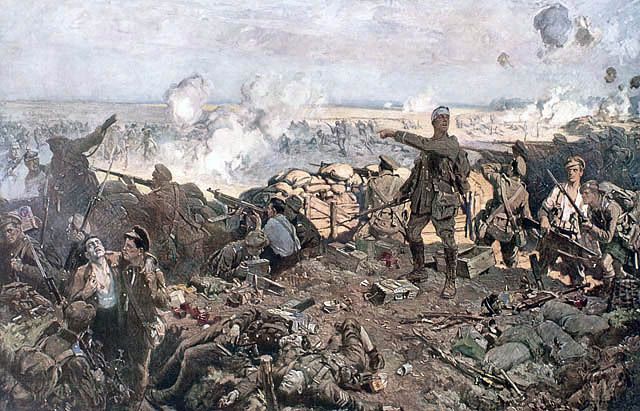
Exactly 100 years later, 22nd April 2015, I attended a ceremony at St Julian to remember the battle.
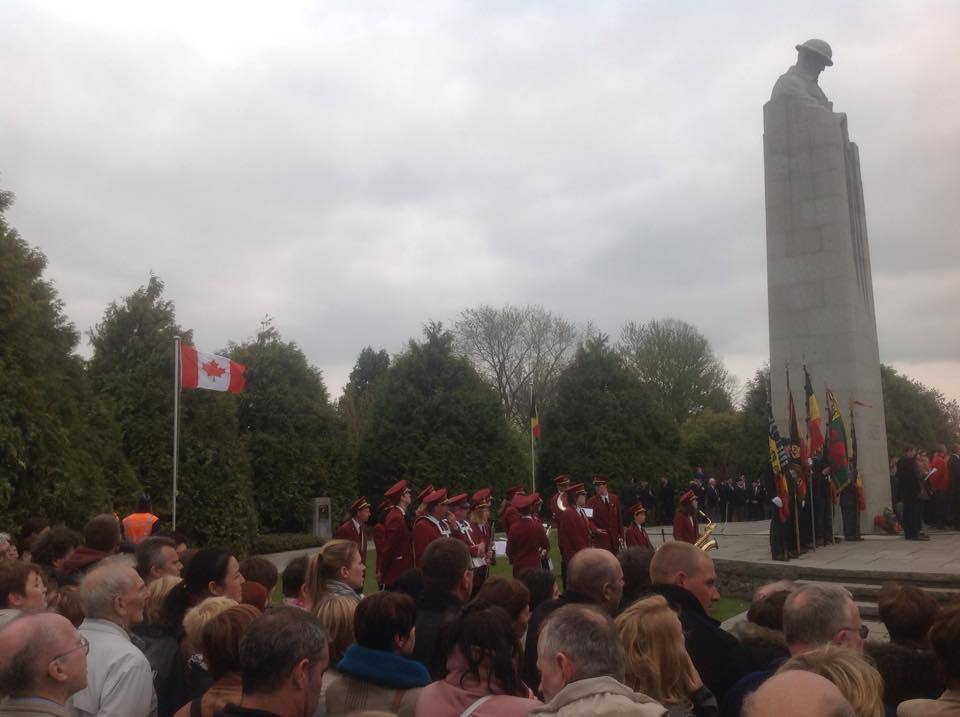
At 4.00am the following day, 23rd April, the Buffs were ordered to relieve some French troops north of where the gas attack had occurred. How did Henry feel at this point? Scared surely? Maybe he glanced at a photo of his fiancée Dolly and perhaps read a letter from home? It was broad daylight and he was about to attack the German Army. There was no problem initially as the Buffs were well behind the front line. They moved up to the front line occupied by the Canadians. This position was protected and by a hedge and the Germans could not see into it. The first German positions were approximately 900 yards away with another line 300 yards behind the first one.
Immediately the Buffs left the trenches they were hit by furious machine gun and rifle fire from the Germans who were on ground sloping away to the north. The Buffs rushed out of the trenches at the double in platoon order (30 men at a time). 2 companies (400 men) reached Mousetrap Farm 400 yards from the starting point and still 500 yards from the Germans. The remaining company were 150 yards behind the farm attempting to take cover from a fence.
The Officers of the Buffs realised they had to reach the previously held front line to prevent the Germans from making further progress. Some of the French were still in possession of this part of the front line but it was lightly held and needed help from the Buffs. The Buffs rushed across the open ground but suffered heavy casualties (82 Officers and Other Ranks). The few remaining French were relieved and the Buffs occupied the only line of defence between the Germans and Ypres. The Buffs were heavily shelled and fired on with rifles by the Germans for the remainder of the day.
During the next few days the Buffs held the line of defence but the entire B Company was surrounded and either killed or taken prisoner by the Germans at 7am on 24th April.
On 27th April the Battalion was relieved and moved back into barracks at St Jan. They were now within range of the German artillery and machine guns and were bombarded all day.
On 28th April the Buffs went into reserve trenches at Verlorenhoek. Henry’s own army record states he was wounded by gun shot wounds in both feet on 29th April. However, the Battalion Diary states that 29th April was a quiet day and there are no casualties listed. It was a day during the 2nd Battle of Ypres that both sides appeared to take a breather and take stock. On the following day (30th April) the Battalion received a draft of 110 men to replace the casualties of the battle.
The Allies had been taken completely by surprise and were horrified by the German tactics of gas warfare as both sides had agreed not to use gas several years before.
During the week between the initial attack (22nd April) and Henry’s wounding, the situation was desperate and very chaotic. There was a very real fear that the Germans would break through to Ypres and beyond and the war would be lost. Eventually, the Allies held the line and the Germans never did take Ypres.
So how did Henry get wounded on a day when there were no reported casualties? My theory is that the record of Henry’s wounding was made on 29th April when he reached a casualty clearing station (CCS). A CCS was usually located a few miles behind the front line and it is likely that Henry was one of the reported wounded in the Buffs War Diary between 23rd and 27th April. On 28th April the Battalions’ Colonel Geddes was killed when a shell entered his dug out. Perhaps, with the shock of Geddes’ death, proper records were not maintained on that awful day?
Henry was treated in hospital in Bristol but must have returned home for a period of leave before he returned to the front as Henry discussed with his family joining his brother Arthur who was a Gunner in the Royal Garrison Artillery (RGA). Henry had concluded that he would be safer in the RGA as they were usually behind the lines and were not required to go over the top. He therefore applied to be transferred to the RGA but his request was rejected and he re-joined the Buffs.
Henry now realised that the war would not be won easily and it was a terrible situation. He had no doubt seen many of his friends killed and wounded and had experienced trench warfare and going" over the top". He did not want to repeat these experiences.
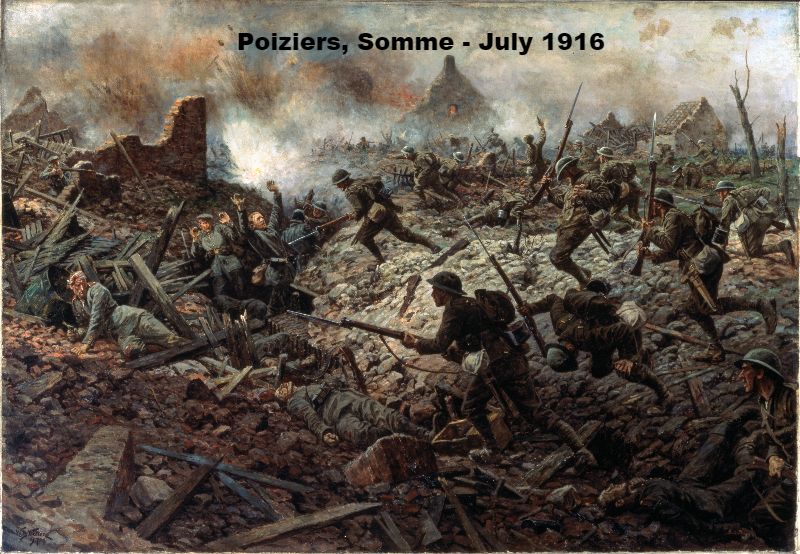
On 1st July 1916 the Battle of the Somme started and Henry's battalion were in reserve on this fateful day, when the British suffered 60,000 casualties including 20,000 killed. His battalion took part in an unsuccessful attack on German trenches in the early hours of 3rd July but, whilst many of his friends were either killed or wounded, Henry survived once again.
At 11pm on Thursday 3rd August 1916, Henry's battalion took place in a night time attack on a German strongpoint near Ovillers. By the early hours of Friday 4th August the Buffs had successfully overpowered the strongpoint. However, Henry was one of 118 casualties. He was taken by Field Ambulance to Bouzincourt about 3 miles behind the lines, via Becourt Wood, and died of wounds some time during the following day.
Henry lay in his grave at Bouzincourt for 85 years and was forgotten about, until the day in 2001 when I visited the cemetery for the first time.
Meanwhile, Henry's brother Arthur had joined the Army in 1908 and had served with the Royal Garrision Artillery (RGA) in China before being sent to France at the beginning of the war to prevent the Germans reaching Paris.
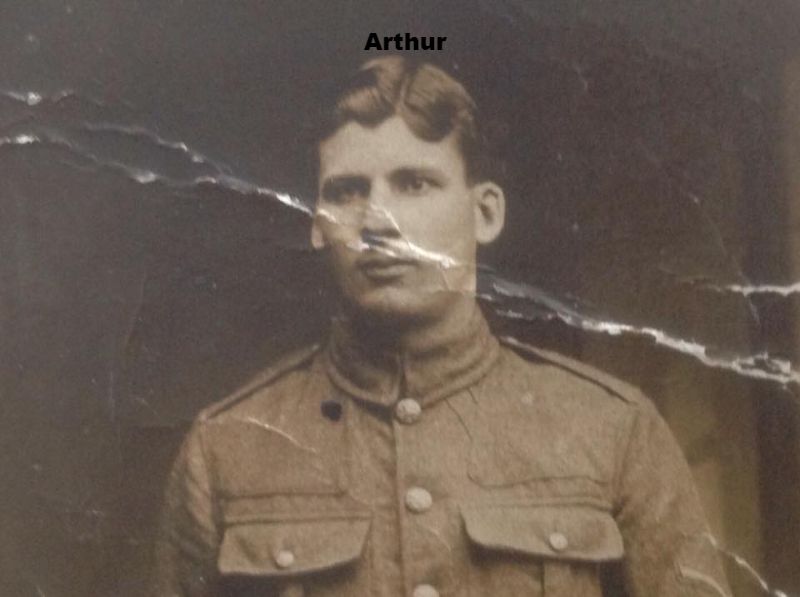
In May 1915, just a few weeks after Henry had been wounded at Ypres, Arthur found himself at Aubers Ridge as the British tried and failed to break the German line. Arthur was given the job of mending telephone lines of communication between the frontline and the heavy guns. For his work during the battle he was awarded the Distinguished Conduct Medal. His citation reads:
“For conspicuous gallantry and ability during the campaign, and notably on the 9th, 15th and 16th May 1915 at Rochebourg St Psust. Though continually under shell fire he never failed in repairing any breaks in the line, and was out under fire both day and night. It was mainly owing to his gallantry and resource that communication with the observing officer was completely maintained.”

So the RGA guns were situated in Richebourg St Vaast 2 kilometres behind the front line. Arthur's action over the 3 days took place between there and the Allied Trenches (marked in blue).
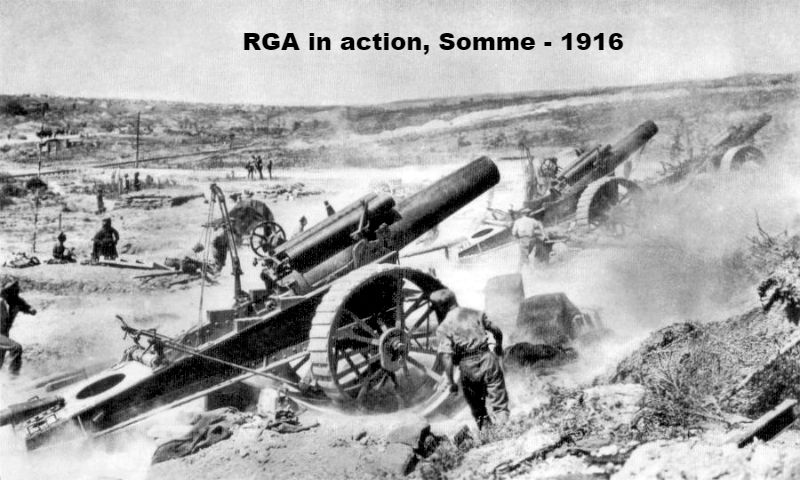
Slide Title
Write your caption here
Button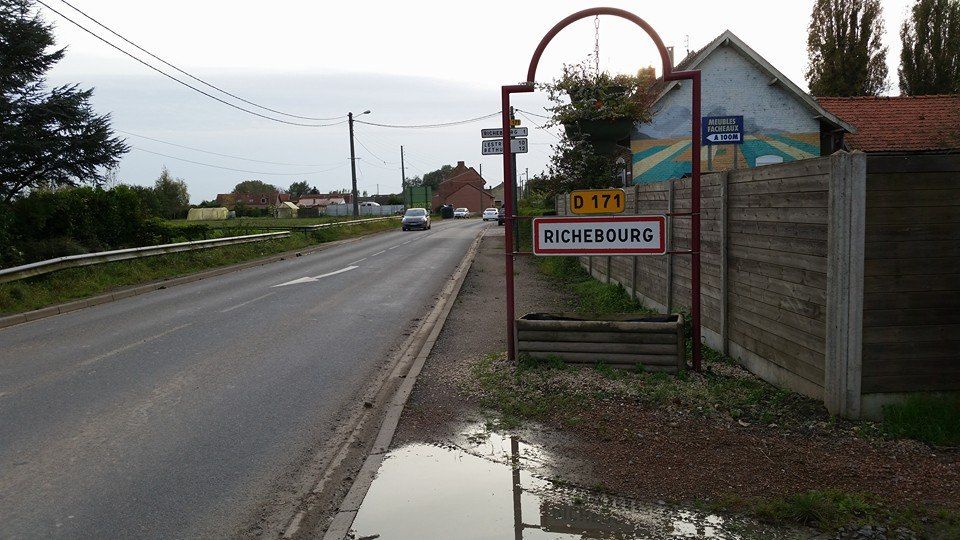
Slide Title
Write your caption here
Button
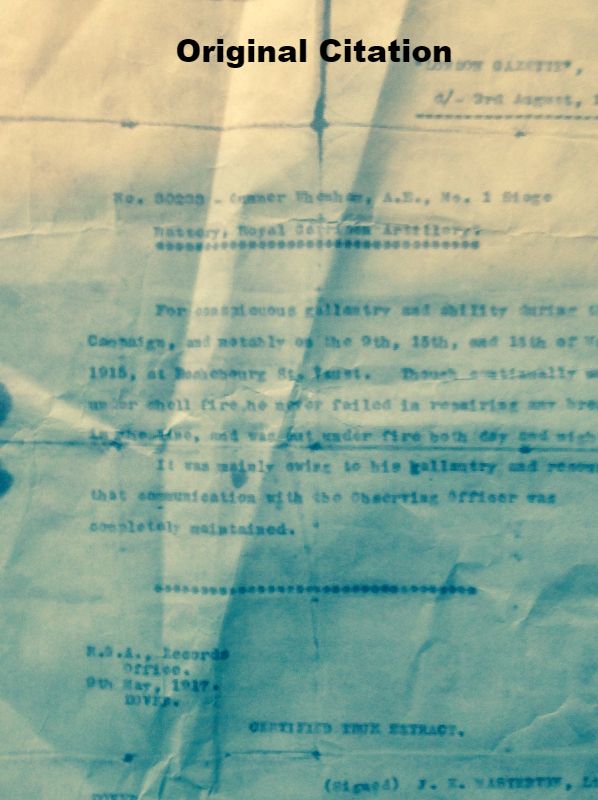
The following year, during the Battle of the Somme, the RGA and Arthur were in Becourt Wood. By an amazing coincidence, Arthur saw Henry lying on a stretcher in the road, whilst he was waiting to be taken further back for urgent treatment. We know this because Arthur told the family that he had seen Henry. I have checked the RGA War Diary, and incredibly they were at Becourt Wood on the night of 3rd/4th August 1916!
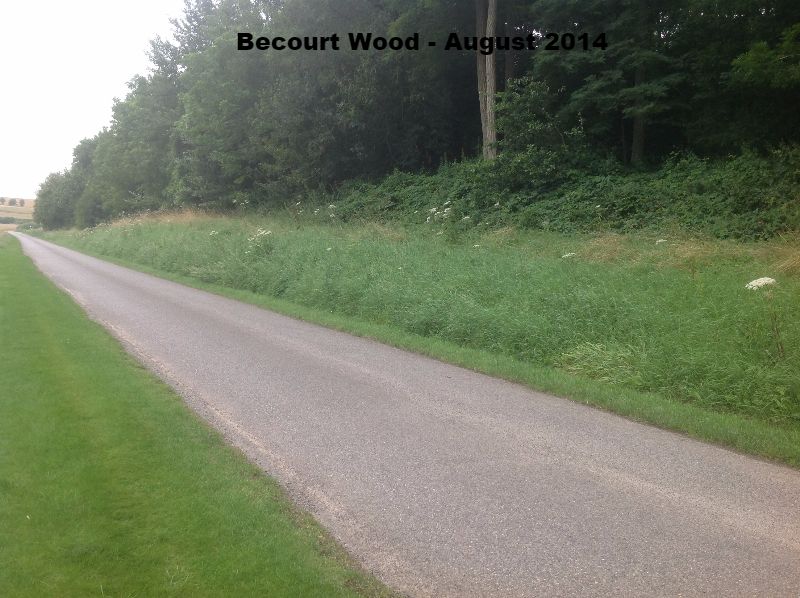
Henry's grave was inscribed with the epitaph reading "He gave his life so that we might live". Henry left behind a fiancée called Dolly. Like thousands of others Dolly was left heartbroken and facing a life alone. But in 1919 Arthur, as one of the only soldiers to serve the entire war, was demobbed and he married Dolly. 5 years later my father was born and 48 years after Henry had died, I came along. As I stood staring at these words I realised that, whilst not the original meaning, they were very true because Henry’s death changed his family history and, had he lived he would have gone on to marry Dolly, and my father and I would not have been born.
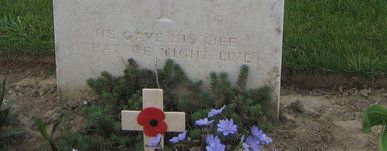
Arthur and Dolly were married for 54 years and had 3 children, Arthur (junior - my Dad), Anne and Denis. My Grandad Arthur died in 1973 and Dolly in 1976. My father Arthur died aged 88 in 2012.
This photo shows Dad and I visiting Henry's grave at Bouzincourt in 2008.
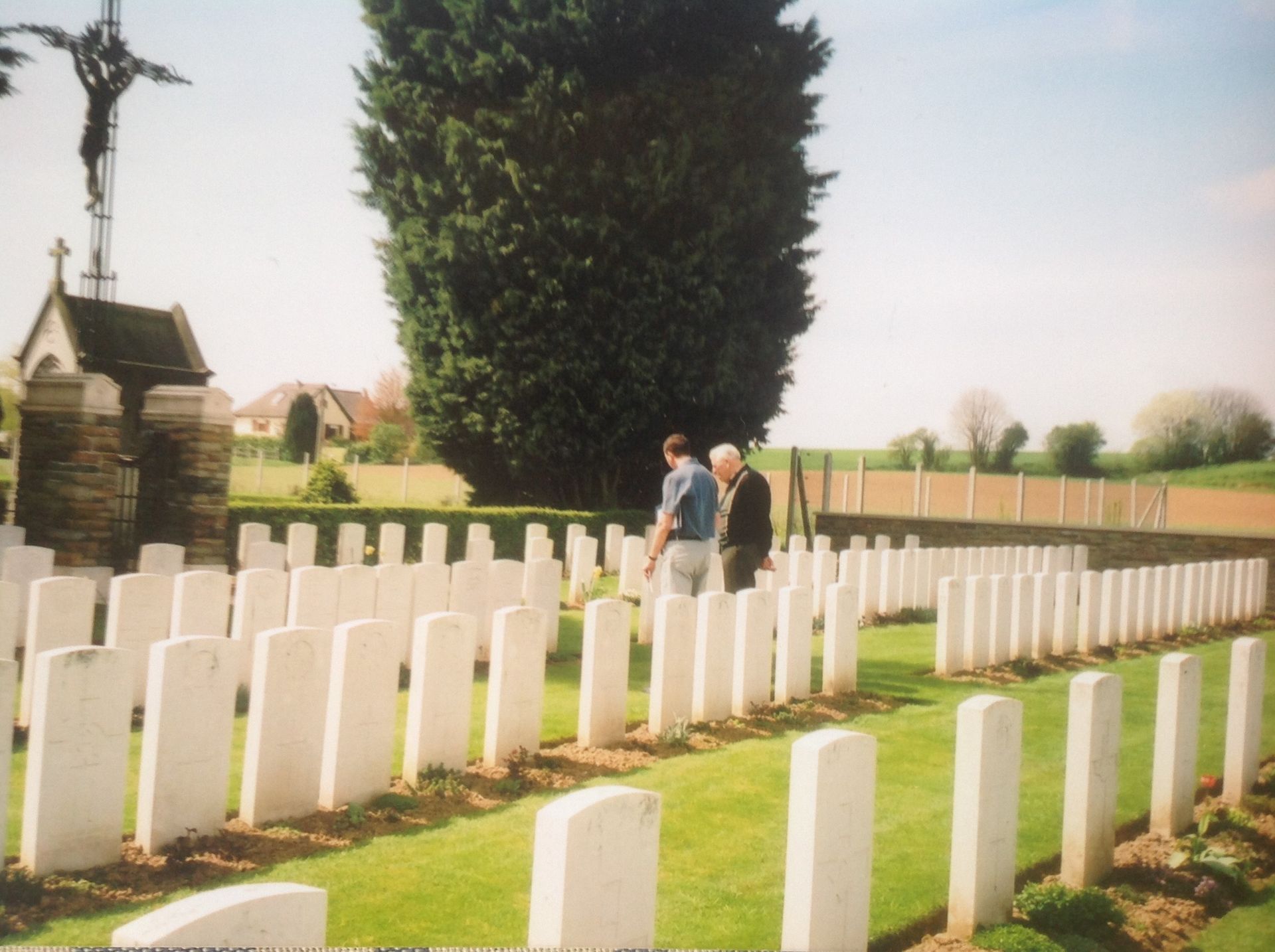
The map below shows the Somme 1916 battlefield. Henry was wounded near the village of Ovillers. Becourt Wood is near Brecourt and Henry died and is buried at Bouzincourt, a few miles to the north of Albert.
